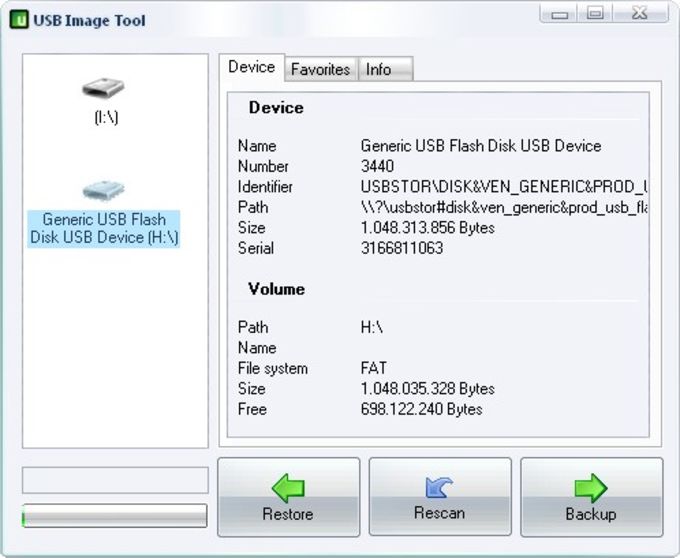
Simply choose your distribution from the list, browse to the ISO file, select your target flash drive, and then click Create. Popular Antivirus Scanners, Disk Cloning software or other System tools can also easily be made to run from the removable media. Make a flash drive boot from a Live Linux distribution, Windows Installer, or fully Install and Run Windows 10 or 11 from USB using Windows to Go methods. This ISO to USB imaging tool allows users to easily Boot from USB. You can download USB Image Tool free here.Universal USB Installer (Imager) aka UUI is a Live Linux Bootable USB Creator Software. It lets you create images with only a few clicks and a favorites list will help you find them immediately when you need to restore the data. USB Image Tool makes it easy to back up any data, stored on a USB device. This makes the process last a little longer. img format, the application will create an image of the entire flash drive (including free space). It can create images with a flash drive's content and it lets you add them to a favorites list, which will make it easy to find those images in the future. You just have to unpack the file and run the application. There is no installation process to go through. USB Image Tool can be downloaded fast due to the small size of the package. Instead of looking for the files in your computer's folders, or browsing for a saved image, you can immediately load an image by selecting it in the favorites list and clicking the Restore button beneath it. For example, if your MP3 player does not have enough storage space, you can create multiple images with different albums. This can be useful if you have to switch between different sets of data. If you create more than one images, it is possible to add them to a favorites list, found under the Favorites navigation tab. These can be found on the larger area, on the right side of the main window. img.gz formats.īesides this main function, USB Image Tool will also provide you with a flash drive's details, including its name, number, identifier, size, serial and more. These include standard image files (.img) and compressed images in either. There are different formats in which you can save an image and all can be selected from the same drop menu when specifying an output path. Instead of setting an output path, you will have to load a saved image. It works the same way as the Backup, but in reverse. There is also a Restore option which will open a saved image and copy its content to the selected flash drive. After setting an output path, the process will start, without prompting you for anything. An image can be created immediately by selecting a drive and clicking the Backup button, on the bottom of the window. When you plug in one or more USB devices, the application will detect them automatically and display their drive icons on the left side of the user interface. The application can be launched immediately after unpacking the downloaded file. The package is only 225 Kb large and there is no installation required. Due to its straightforward interface, creating an image will be as easy as saving an ordinary file.

You can use it to create images of flash drives and any other USB devices.

USB Image Tool was designed specifically for this task. To prevent losing important information, it is always a good idea to keep a copy of it on our hard drives.

We just have to plug in a device, copy it and we are all set. Thanks to USB flash drives, we can transport data without too much effort.


 0 kommentar(er)
0 kommentar(er)
